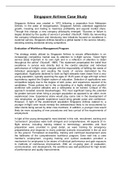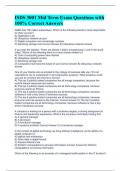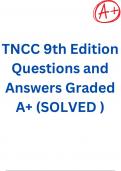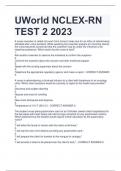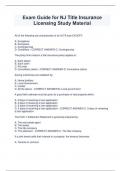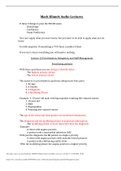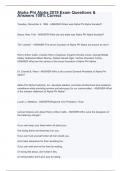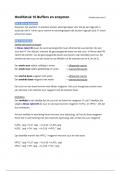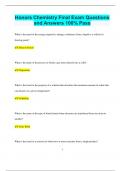Other
NRS 451VN Topic 5 Assignment - Singapore Airlines Case Study
- Module
- Institution
Singapore Airlines Case Study Singapore Airlines was created in 1972 following a separation from Malaysian Airlines. In the wake of reorganization, Singapore Airlines undertook aggressive growth, investing and trading to maximize profitability and expand market share. Through this change, a new co...
[Show more]
